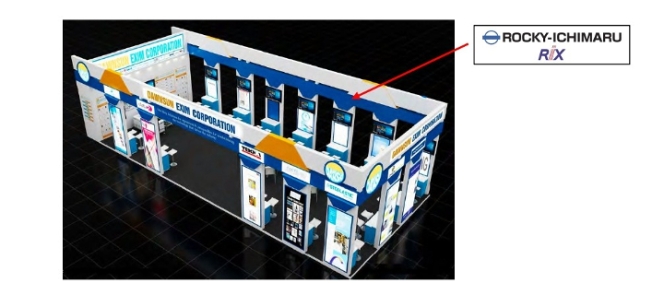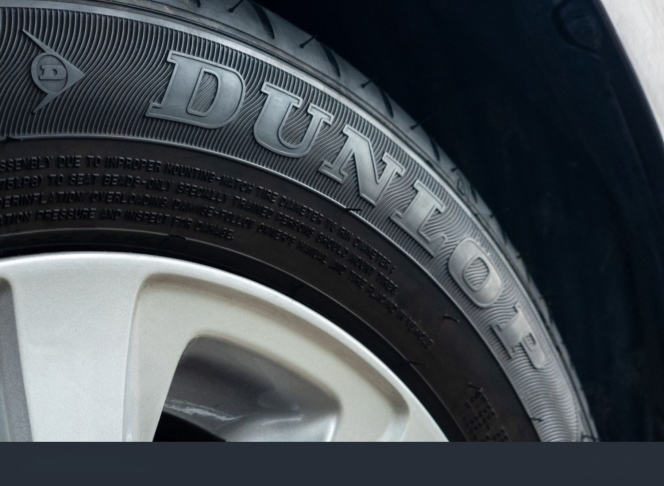Rocky-Ichimaru To Exhibit At International Rubber Conference 2022
- By TT News
- October 20, 2022

Rocky-Ichimaru will be exhibiting at the International Rubber Conference (IRC) 2022. The conference is one of the global conferences and exhibitions for the tyre industry, and is to be held in Bengaluru, India, from 24-26 November, 2022. According to Rocky-Ichimaru, their stall will be stall number one, at the Dawnsun booth.
At this year’s exhibition, Rocky-Ichimaru claims that it will exhibit its new valve series and panel units. Through this exhibition, the company aims to increase the awareness about itself and its business in the Indian market, build customer engagement and promote sales expansion activities.
Products exhibited
Angle seat type-2-way piston-valve SWC series
This product is a socket welding angle seat type valve. As per Rocky-Ichimaru, this product has the same sealing structure with the company’s other product, TPC 2/3-way series. The angle seat type-2-way piston-valve SWC series is expected to be released to the market by mid-2023.
New type panel unit (RPU)
Rocky-Ichimaru claims that this product is an integrated manifold piping package system. It consists of several valve bodies by adopting actuator of SWC series. Plus, the size becomes smaller than a conventional panel unit, according to Rocky-Ichimaru. The product is expected to be released to the market by mid-2023.
Conventional panel unit (RPU)
As per Rocky-Ichimaru, this is an integrated manifold piping package system. It uses the company’s own proprietary connection method (panel type) that can separate the valve and manifold.











Comments (0)
ADD COMMENT